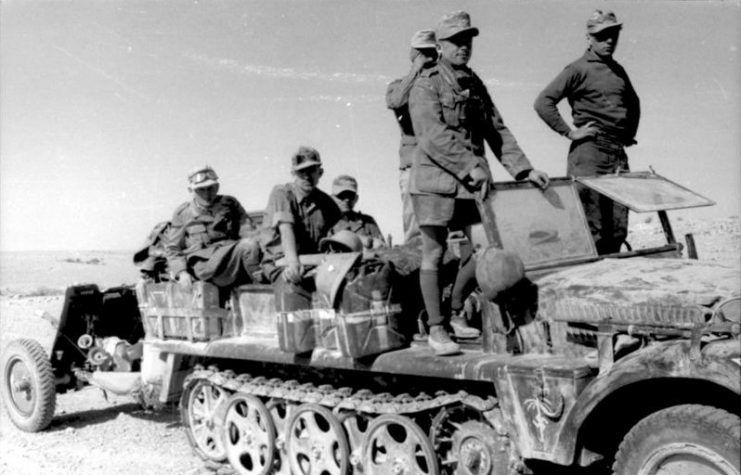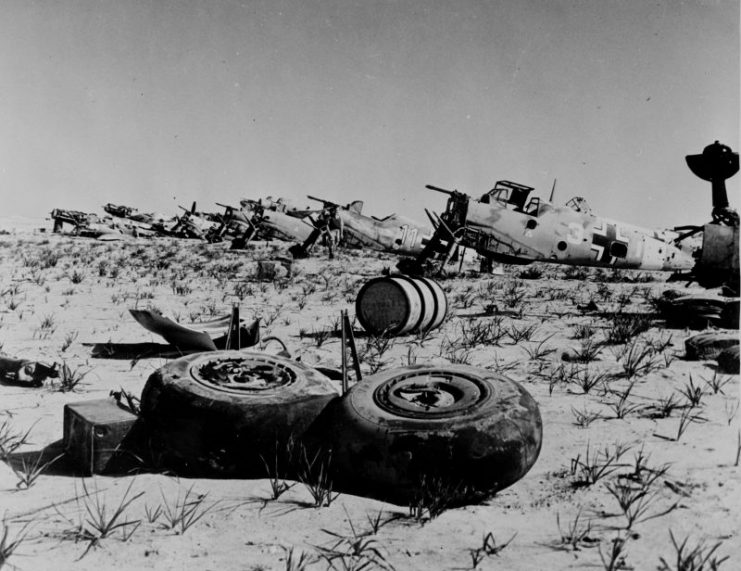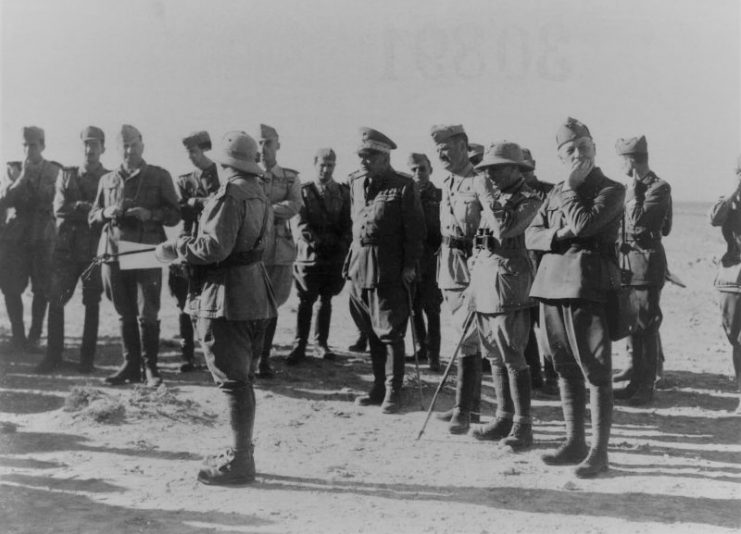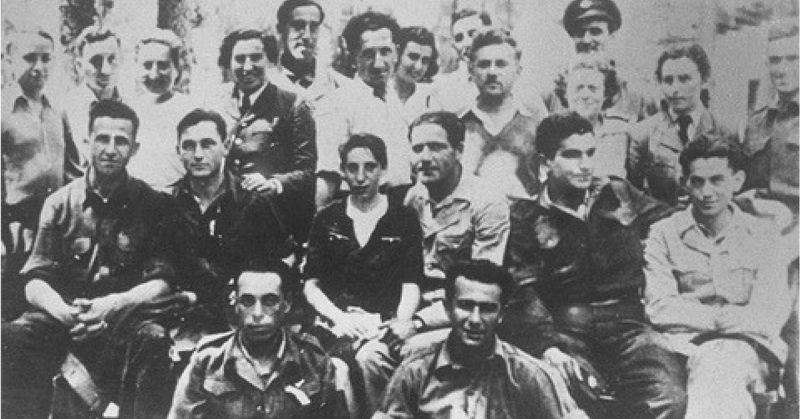One of the most unusual operational units of World War II could be found under the auspices of the Special Interrogation Group (SIG). This small, highly secretive group fulfilled many obscure requirements within the varied covert operations undertaken by the Allies during WWII.
The work undertaken by this group reads like a novel, but the stories are fact and not fiction. Late in 1941, Captain Herbert Buck was captured by the Afrika Corps in North Africa and had managed to escape. Wearing pieces of German military clothing, he managed to make his way over the desert and back to Allied lines. This journey sparked the idea in his mind that with the correct uniforms, soldiers that spoke fluent German could operate very successfully behind enemy lines.
This bright idea was put to the heads of the Special Operations Executive (SOE) based in the Middle East. The SOE was tasked with waging the ‘ungentlemanly war,’ and the idea found fertile ground within which to grow.
Even today, there is disagreement over how many men volunteered to join the group, with numbers ranging from the low teens to almost forty. What is certain is that the majority of the members of the group were Jewish men that had fled from the onslaught of the German forces and had found their way to Palestine. These men were trained at an SIG training base in Egypt in March 1942. Their introduction to the Group was frank regarding the onerous task ahead, with Captain Buck impressing upon them that if they were captured, it was highly likely that they would be tortured by the Gestapo and then summarily executed.

Two German Afrika Corps prisoners of war, who claimed to be anti the Nazi regime, agreed to train the operatives. The operatives were uncomfortable with this suggestion, but Captain Buck naively discounted their concerns and insisted that the training go ahead. The training was conducted purely in German. They wore the uniform of the Afrika Corps; they awoke to German commands, they sang German Army songs and learned German slang and army terms.
Each operative was given a German identity along with a cover story that included photographs of fake wives and girlfriends and all the necessary forged documentation.
Secrecy still shrouds the missions that they carried out after their training, but it is assumed that they infiltrated the German lines and spoke with soldiers, gathering intelligence for the Allied effort. Their first big operational effort came in June 1942.
This operation was to attack two German airfields at Matrub and Derna. The plan called for Buck and nine other operatives to wear German uniforms and escort 33 French prisoners of war. The start of the operation went very well with the group successfully passing through several roadblocks. They were even warned to be careful as there was intelligence that there were English operatives in the area. They also visited a German camp and lined up for food at a field kitchen.

The team went on to attack Matrub and destroyed 20 aircraft and escaped safely. Unfortunately, the force that went to attack Derna were not so fortunate. This group contained one of the German prisoners of war, Heinrich Buckner. He was driving a truck, and he suddenly stopped, claiming there was a mechanical problem with the truck. He set off to a nearby German camp to ask for help and returned with a troop of German soldiers, who demanded that everyone alight from the truck. Two of the SIG operatives in the truck, Eliyahu Gottlieb and Peter Haas, knowing what would happen to them if they were captured, came out with guns blazing. Sadly, only one operative, Lieutenant Augustine Jourdain, who, in spite of his wounds, managed to escape and make it back to the rendezvous.
The other German POW, Walter Essner, who took part in the successful raid on Matrub must have realized that his position was very tenuous and it is unclear what happened to him in the end. The official report said that he was shot while trying to escape.
While this raid was taking place, another set of operatives went on an intelligence gathering raid. The three operatives were Karl Kahane, David Stirling, and Blair Mayne. The raid was successful. At one point Stirling and Mayne stood amazed while watching Kahane give an unsuspecting German sentry a tongue-lashing that contained almost all the known German swear words!

In September of 1942, the SIG operatives were scheduled to take part in a major raid of the port of Tobruk. The same basic game plan was devised in which the SIG operatives would be dressed in German uniforms, and they would be made to look as if they were escorting prisoners of war. While the SIG operatives worked the land side, the British Navy was scheduled to bombard the port so that a commando raid could be launched from the sea.
This ambitious plan started well enough with the SIG operatives completing their part of the mission, but after that, it fell to pieces completely. The port was better defended than first thought, so the bombardment by the Navy failed to have the desired effect. The commando raid went awry when they tried to land and by the time the Allies called for a retreat over 750 men had either been killed, were missing or were wounded. Captain Buck was one of the men captured by the Germans, and he spent the next three years in German POW camps. The other SIG operatives walked 300 miles across the desert to rejoin the Allied lines.
This abortive raid on Tobruk signaled the end of the SIG team as independent operatives and the members were dispersed into other units. Almost all of the SIG members completed their war service with many surviving to the end of the war. Many of the Jewish members of the team went on to serve in Israel’s military, many with distinction. Karl Kahane became a founder member of the Israeli Defence Force’s paratroop force, and Yisrael Carmi served with distinction and eventually retired as a Colonel.
This group of men served with distinction in a highly secretive team and proved how valuable native speaking German soldiers were to the Allied forces.
